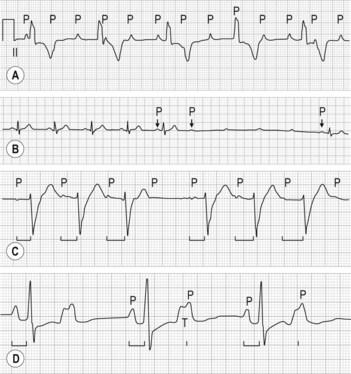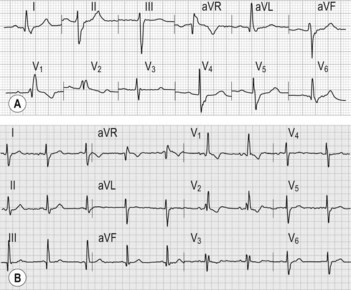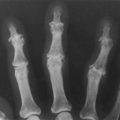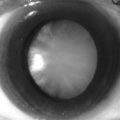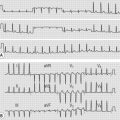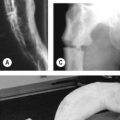11 Slow pulse rate
Salient features
History
• Drug history: beta-blockers, digoxin, verapamil
• Ask whether the patient is an athlete
• Symptoms, which are usually non-specific (e.g. dizziness, fatigue, weakness, heart failure)
• History of recent myocardial infarction
• Ask if the bradycardia is episodic? If so, ask about precipitating factors and associated symptoms or signs
• Ask regarding nocturnal bradycardia (a feature of obstructive sleep apnoea).
Examination
Pulse
• Pulse rate <60 beats/min (N Engl J Med 2000;342:703–9)
• Pulse rate may be either regular or irregular
• If the pulse is irregular: get the patient to stand and then count the pulse rate (in complete heart block there is no increase in rate)
• Look at the JVP for cannon ‘a’ waves
• Auscultate the heart for cannon first heart sound
• Look for signs of hypothyroidism particularly in the elderly.
Advanced-level questions
What are the indications for temporary cardiac pacing in bradyarrhythmias?
• Symptomatic second-or third-degree heart block caused by transient drug intoxication or electrolyte disturbance (Fig. 11.1A,B)
• Complete heart block, Mobitz II (Fig. 11.1D) or bifascicular (Fig. 11.2) in the setting of an acute myocardial infarct
• Symptomatic sinus bradycardia, atrial fibrillation with slow ventricular response.

